2015 Saskatoon, Saskatchewan, Canada
Julia Visentini and Jasmine Thomas from 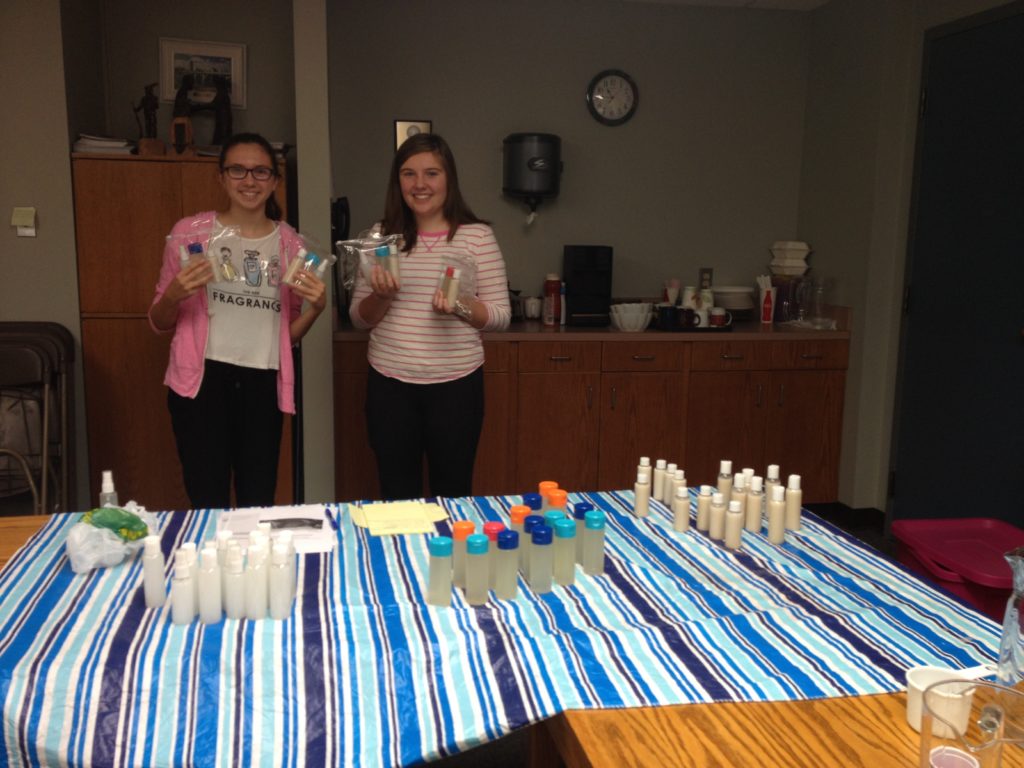 St. Edward School decided to focus their efforts on educating about the harmful effects of triclosan. Trisclosan is a preservative and anti-bacterial and anti-fungal agent found in many of the hand sanitizers, soaps, shampoos and other PCPs that we use. Studies show that triclosan can interfere with how hormones function in our bodies. It is an endocrine disrupter and can affect the reproductive systems of animals. Triclosan is also found to be very toxic to aquatic animals and can cause long term negative effects on aquatic ecosystems.
St. Edward School decided to focus their efforts on educating about the harmful effects of triclosan. Trisclosan is a preservative and anti-bacterial and anti-fungal agent found in many of the hand sanitizers, soaps, shampoos and other PCPs that we use. Studies show that triclosan can interfere with how hormones function in our bodies. It is an endocrine disrupter and can affect the reproductive systems of animals. Triclosan is also found to be very toxic to aquatic animals and can cause long term negative effects on aquatic ecosystems.
When triclosan enters our water ways it can react with other pollutants and form additional harmful compounds like dioxins which is linked to causing cancer in humans. Triclosan doesn’t easily degrade so it can build up in our rivers and lakes after washing down the drain. This means that fish can accumulate this chemical in their bodies over time, potentially becoming harmful to the other animals, including humans along the food chain.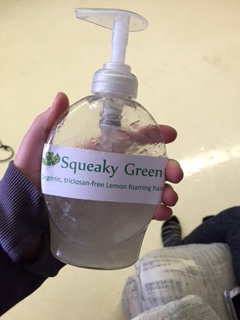
The students developed 3 triclosan-free organic consumer products: hand sanitizer, hand soap, and shampoo, and shipped out education packages and samples for teachers and students to utilize alternative products that do not include this harmful chemical. The soap contains water, castile soap, olive oil, vitamin E oil and lemon essential oil.
In order to share this information, Julia and Jasmine created a commercial that they showed to classes in their school to inform them about the problem and to share their solutions. They also developed a recipe book so that other students could create their own soaps free from chemicals.
After piloting the Squeaky Green products with their class they wanted to make a bigger impact in Saskatoon. They wanted to get more students across Saskatoon to use triclosan-free products! So, Julia and Jasmine made 40 body product sample packs. Each of these sample packs contained samples for the hand sanitizer, soap, and shampoo and a copy of the Squeaky Green recipe book that detailed how to make them. In November of 2015, these packages went to 40 schools in Saskatoon and encouraged students and teachers to become Squeaky Green and to protect our precious watershed. Students and teachers were able to see for themselves how effective Squeaky Green products are and how easy they are to make (not to mention how good they smell!).
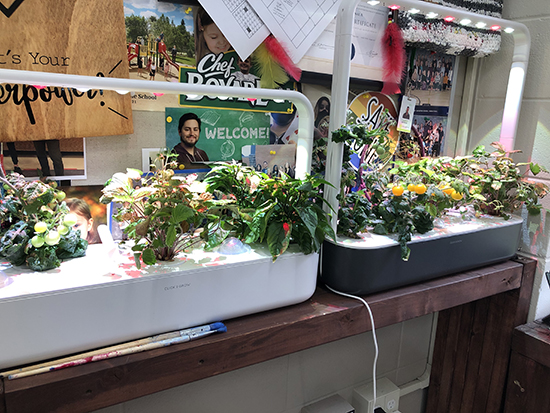
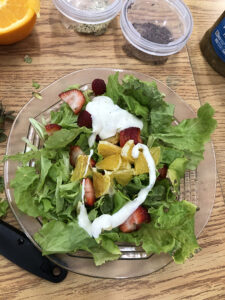
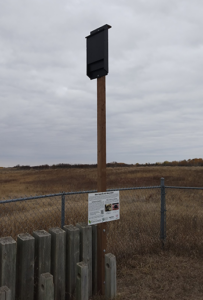
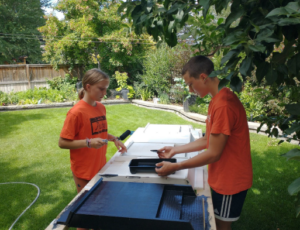

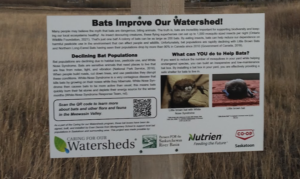

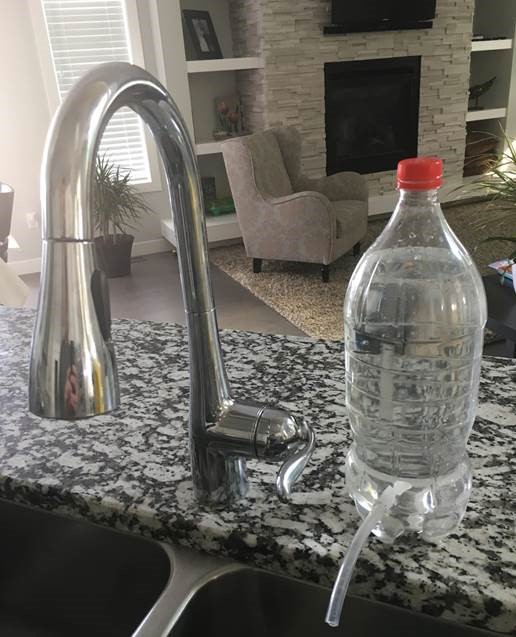

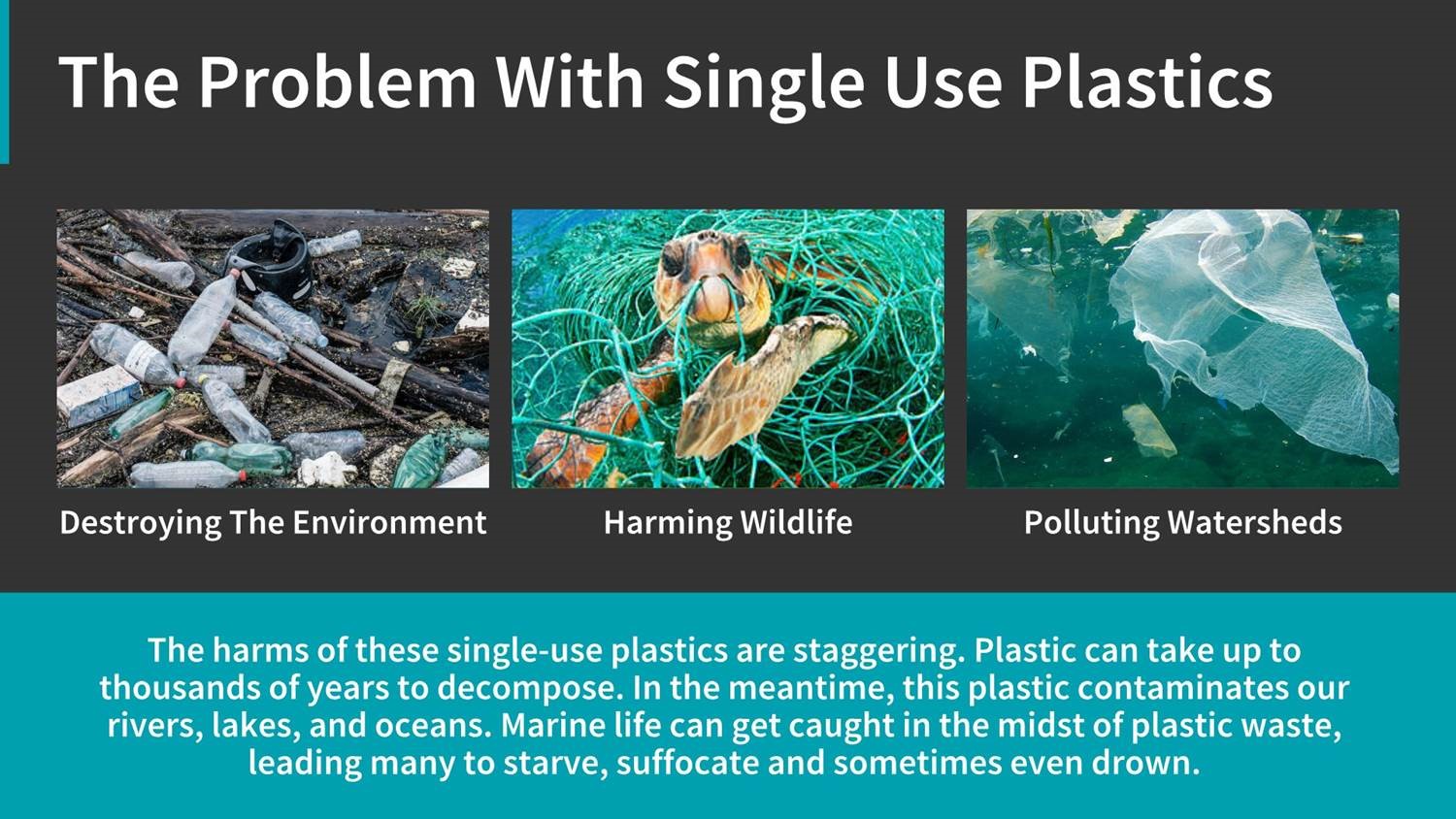

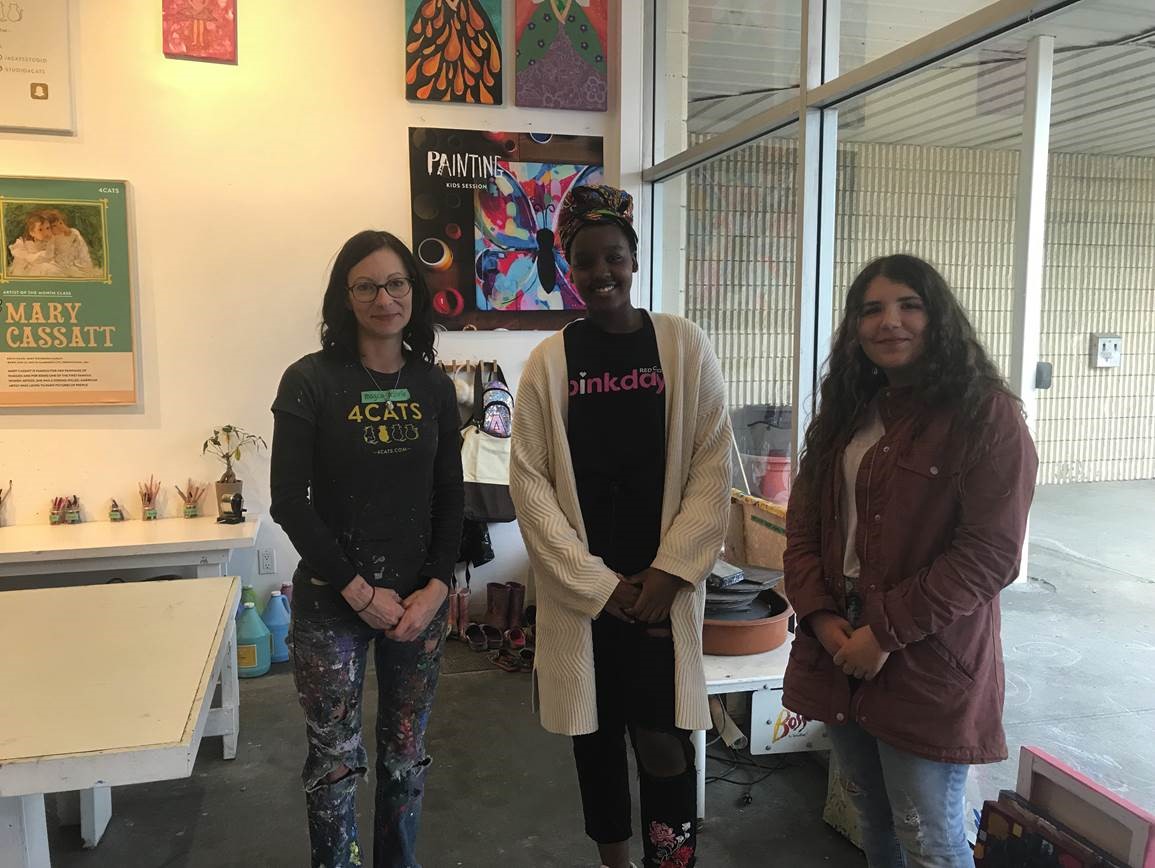

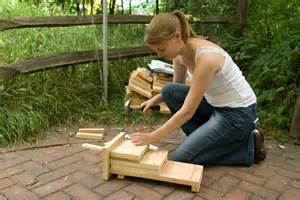
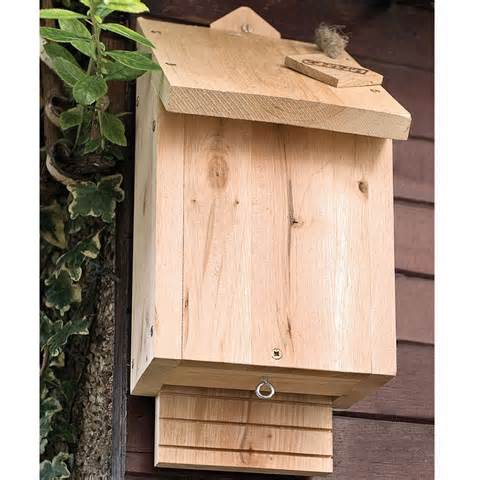 quality of our drinking water in the South Saskatchewan River Watershed.
quality of our drinking water in the South Saskatchewan River Watershed. St. Edward School decided to focus their efforts on educating about the harmful effects of triclosan. Trisclosan is a preservative and anti-bacterial and anti-fungal agent found in many of the hand sanitizers, soaps, shampoos and other PCPs that we use. Studies show that triclosan can interfere with how hormones function in our bodies. It is an endocrine disrupter and can affect the reproductive systems of animals. Triclosan is also found to be very toxic to aquatic animals and can cause long term negative effects on aquatic ecosystems.
St. Edward School decided to focus their efforts on educating about the harmful effects of triclosan. Trisclosan is a preservative and anti-bacterial and anti-fungal agent found in many of the hand sanitizers, soaps, shampoos and other PCPs that we use. Studies show that triclosan can interfere with how hormones function in our bodies. It is an endocrine disrupter and can affect the reproductive systems of animals. Triclosan is also found to be very toxic to aquatic animals and can cause long term negative effects on aquatic ecosystems.

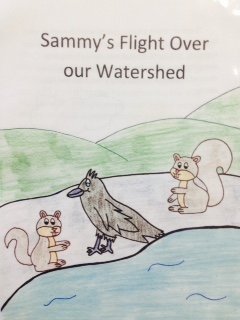 is being impacted by the careless actions of humans. The story teaches younger grades the importance of taking care of their watersheds. The book provides a number of activities the students can do to improve their watershed such as cleaning up litter, making sure their car is being washed at a car wash, responsibly using chemical fertilizers and herbicides or using alternatives, and not dumping paint or oils down the storm drain. Charlee and Kelsey read their story to a number of classes in their school and donated the book to their school library to be used as a teaching tool for school teachers in grade 1-3.
is being impacted by the careless actions of humans. The story teaches younger grades the importance of taking care of their watersheds. The book provides a number of activities the students can do to improve their watershed such as cleaning up litter, making sure their car is being washed at a car wash, responsibly using chemical fertilizers and herbicides or using alternatives, and not dumping paint or oils down the storm drain. Charlee and Kelsey read their story to a number of classes in their school and donated the book to their school library to be used as a teaching tool for school teachers in grade 1-3.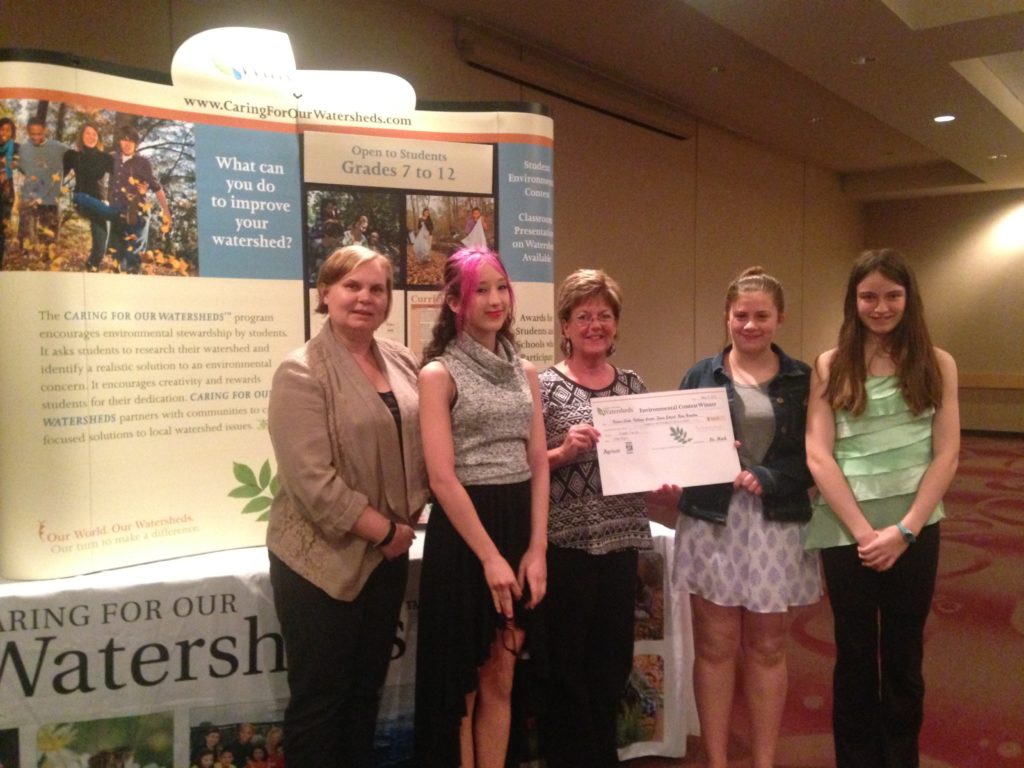 beneficial to also build some raised beds to be located behind each bench surrounding the circular platform to provide shade for students while they’re learning and food for their nutrition room. The students plan to utilize rain-water for the raised beds in order to reduce wasteful water use. The raised beds were set to be installed in the summer of 2015.
beneficial to also build some raised beds to be located behind each bench surrounding the circular platform to provide shade for students while they’re learning and food for their nutrition room. The students plan to utilize rain-water for the raised beds in order to reduce wasteful water use. The raised beds were set to be installed in the summer of 2015.